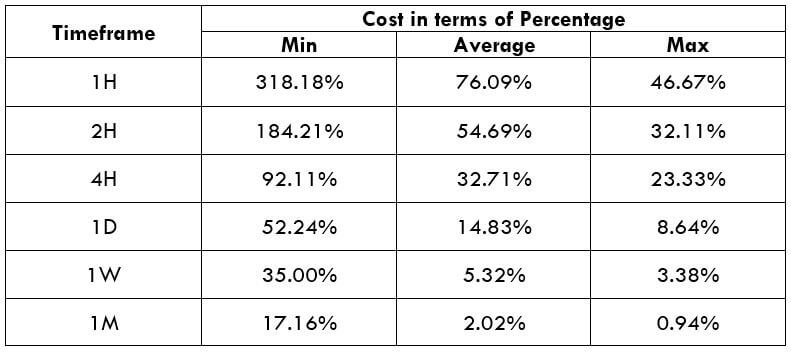Introduction
NZD/PLN is the short form of the currency pair New Zealand dollar vs. Polish Zloty. Here, the New Zealand dollar (NZD) is the base currency, and the Polish Zloty (PLN) is the quote currency. In this article, we intend to comprehend everything you need to know about trading this currency.
Understanding NZD/PLN
The price of NZD/PLN signifies the value of the Polish Zloty corresponding to one New Zealand Dollar. It is estimated as 1 NZD (New Zealand Dollar) per X PLN (Polish Zloty). So, if the market value of NZD/PLN is 2.4940, these many Polish Zloty are required to buy one NZ dollar.
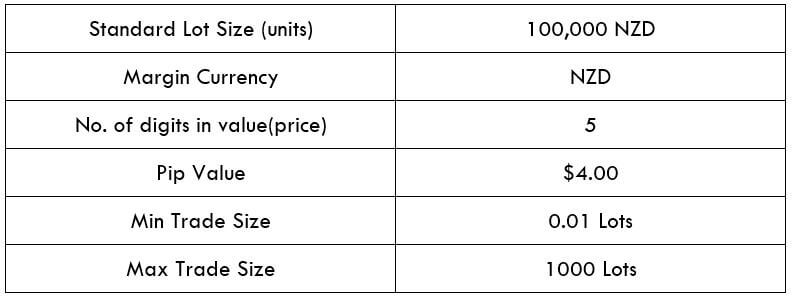
Spread
The distinction between the ask & bid costs is recognized as the spread. It changes with the implementation model used by the stockbrokers. Further down are the spreads for NZD/PLN currency pairs in both ECN account models & STP account models:
ECN: 30 pips | STP: 35 pips
Fees
There are certain charges levied by the broker to open every spot in the trade. These charges can be referred to as the commission or fees applicable to the trade. Note that these charges are only applicable to the ECN accounts and not on STP accounts. However, a few additional pips are changed on STP account models.
Slippage
Due to high market volatility and the broker’s slow implementation speed, slippage is common. It is a variance in price intended by the trader and price implemented by the broker.
Trading Range in NZD/PLN
The trading range is essentially a tabular interpretation of the pip movement in the NZD/PLN currency pair for distinct timeframes. These figures can be used to ascertain the trader’s risk as it helps us determines the approx. gain/loss that can be incurred on a trade.
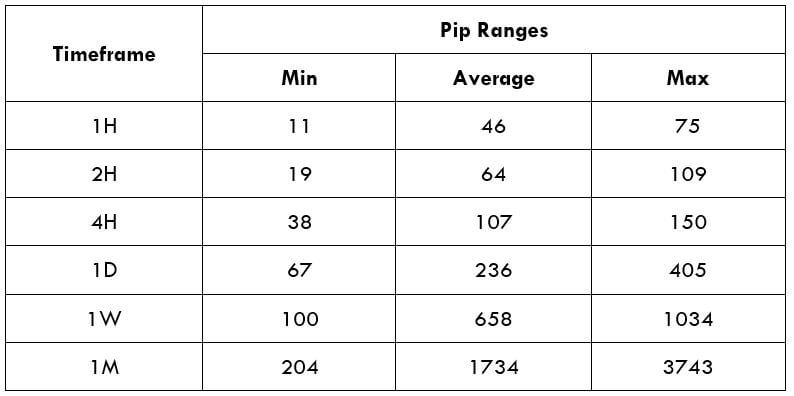
Procedure to assess Pip Ranges
- Add the ATR indicator to your chart
- Set the period to 1
- Add a 200-period SMA to this indicator
- Shrink the chart so you can assess a large time period
- Select your desired timeframe
- Measure the floor level and set this value as the min
- Measure the level of the 200-period SMA and set this as the average
- Measure the peak levels and set this as Max.
NZD/PLN Cost as a Percent of the Trading Range
The total cost consists of slippage, trading fee, and the spread. This fluctuates with the volatility of the market. Therefore, traders need to place themselves to avoid paying high costs. Below is a table demonstrating the variation in the costs for various values of volatility.
ECN Model Account
Spread = 30 | Slippage = 5 |Trading fee = 8
Total cost = Slippage + Spread + Trading Fee = 5 + 30 + 8 = 43
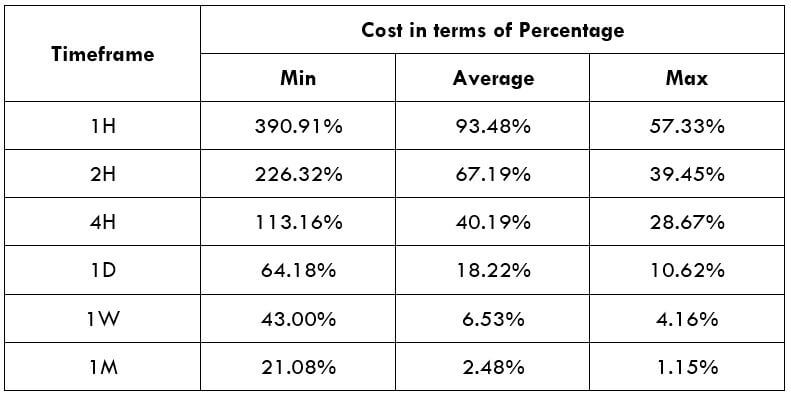
STP Model Account
Spread = 35 | Slippage = 5 | Trading fee = 0
Total cost = Slippage + Spread + Trading Fee = 5 + 35 + 0 = 40
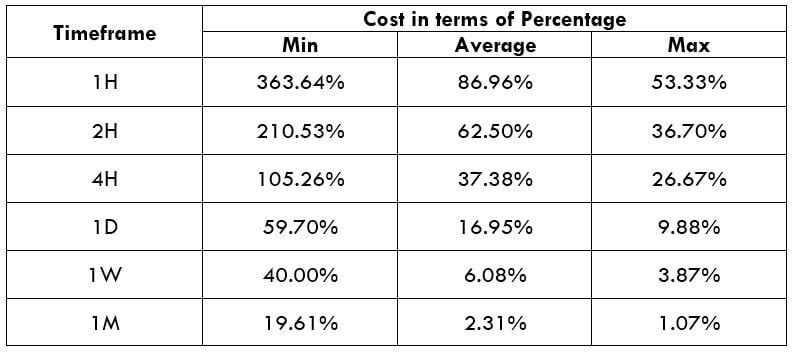
The Ideal way to trade the NZD/NOK
NZD/PLN is an exotic-cross currency pair. In this case, we can see, the average pip movement in 1hr timeframe is 46, which signifies higher volatility. The smaller the volatility, the higher is the risk, and lesser is the cost of the trade and the other way around. For example, we can see from the trading range that when the pip movement is lesser, the charge is higher, and when the pip movement is higher, the charge is smaller.
To further decrease our costs of trade, the costs can be reduced even more by placing orders as a limit or stop as an alternative to the market orders. In executing so, the slippage will become zero and will lower the total cost of the trade further. In doing so, the slippage will be eliminated from the computation from the total costs. And this will assist us in decreasing the trading cost by a significant margin. An instance of the same is given below using the STP model account.
STP Model Account (Using Limit Orders)
Spread = 35 | Slippage = 0 | Trading fee = 0
Total cost = Slippage + Spread + Trading Fee = 0 + 35 + 0 = 35
